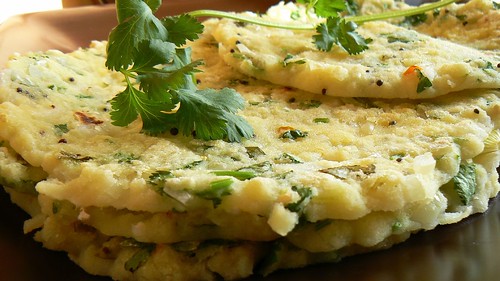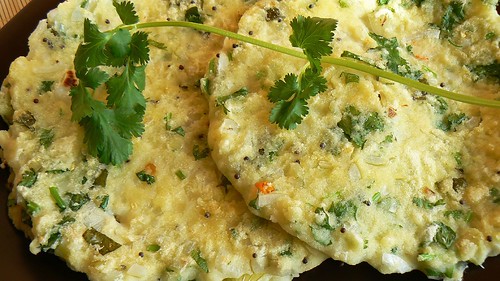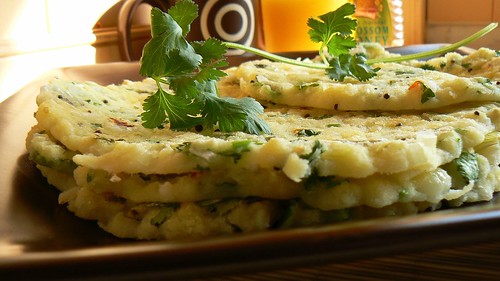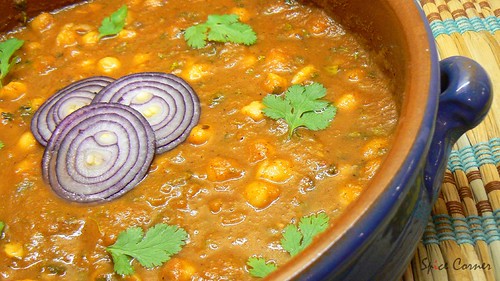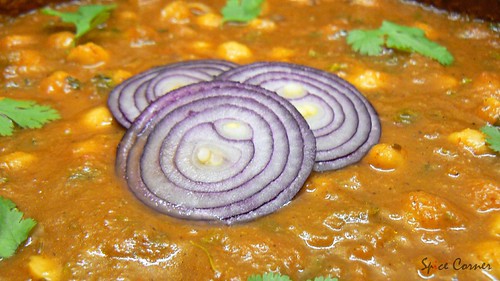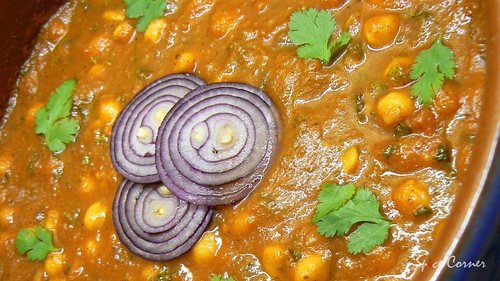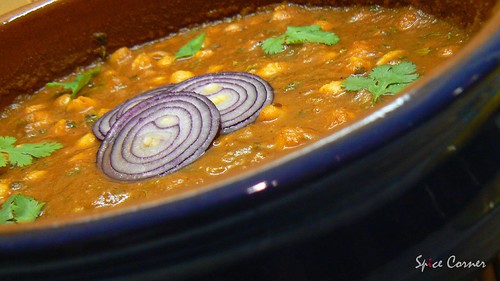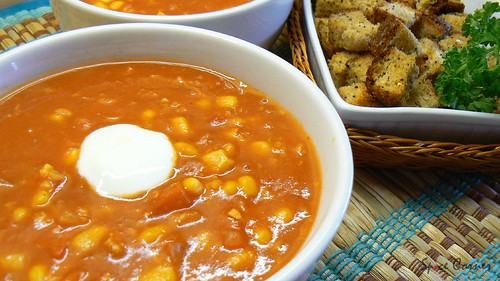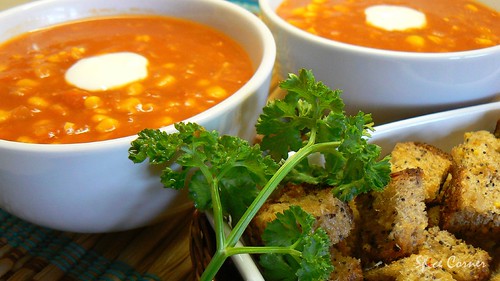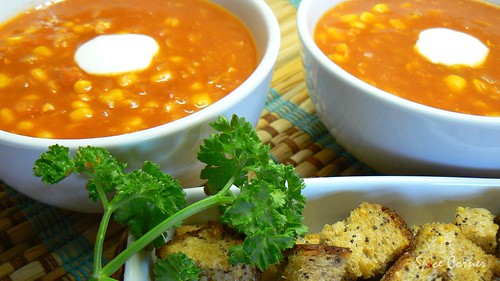Sajjige Rotti is made using semolina. Chopped onions, green chillies, coriander leaves and seasoning of mustard with curry leaves gives it the extra Oomph and turns it into a flavourful affair. You can use same batter and make crisp Dosas by adding more water to give the dosa batter consistency. Eat them hot served right out of pan with homemade chutney or with some granulated sugar with a butter or just plain. You need to try this to know how simple it is to make and how delicious it tastes. Sajjige Rotti is the simple dish at its best.
Sajjige Rotti
Sajjige Rotti
Prep Time: 10 mins
Cooking Time: 15-20 mins
Serves: 4-6
Ingredients:
3 cups Sajjige/Rava/Semolina
½ cup Rice Flour (optional)
1 medium Onion, finely chopped
2-3 Green Chillies, finely chopped
½ tsp Ginger, finely chopped
2 tbsp Coriander Leaves, finely chopped
1 tsp Mustard
Few Curry Leaves
A pinch of Hing/Asafoetida
½ tbsp Oil
Salt to taste
Sajjige Rotti
Method:
Take semolina, rice flour, finely chopped onion, chillies, ginger, coriander leaves and salt to taste and mix well.
Now add 2-3 cups of water and mix the ingredients. The batter should be of Idli consistency (pouring consistency). Add little more water if required as semolina tends to absorb water very quickly.
Season this with mustard, hing and curry leaves and mix well.
Heat tawa/griddle and pour a ladle full of batter in the centre. Using back of ladle spread this into thick circle.
Cook both the sides in medium-low heat till they turn golden yellow by applying little oil or ghee if desired.
Serve hot with Chutney or Sambar or with Sugar.
Did you know?
In Italy (Tuscany) spaghetti made with semolina are called pici.
In Northern India, it is known as sooji; in southern India, rava. The even finer (powder) version of this is called maida (wheat powder) from which noodles etc. are made. Sooji is considered healthier than maida.
In much of North Africa and the Middle-East, it is made into the staple couscous.
A popular dessert in Greece, ("Halvas") Cyprus, ("Halouvas") Turkey ("Helva"), and India ("Halva") is made with semolina scorched with sugar, butter, milk and pine nuts.
In some cultures, it is served at funerals, during special celebrations or as a religious offering.
It can be used as an alternative to corn meal to 'flour' the underside of fresh pizza dough to prevent it from sticking to the peel.
In breadmaking, a small proportion of semolina added to the usual mix of flour produces a tasty crust.
(Source: www.answers.com)

